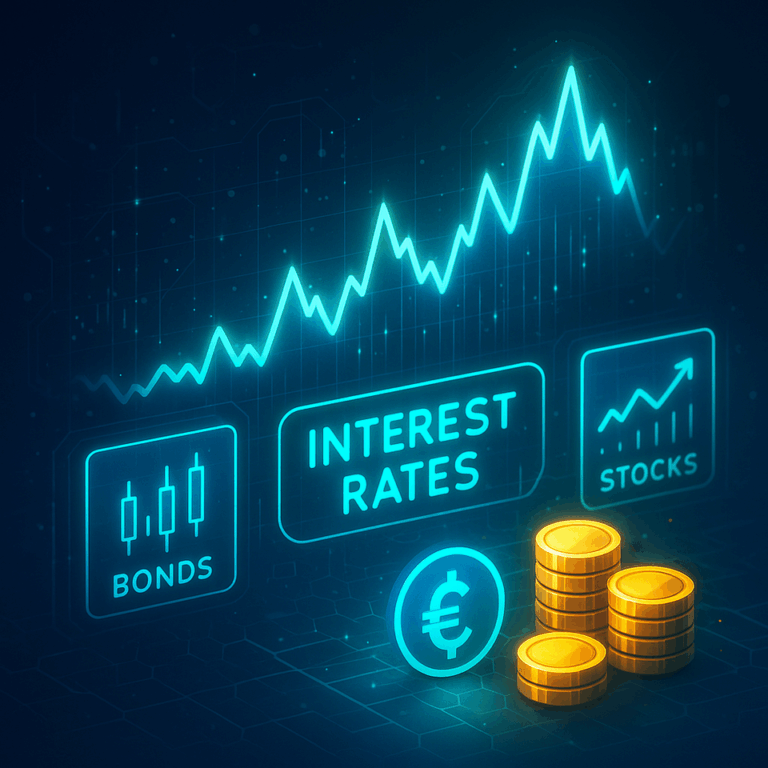As of 2023, economic uncertainty, inflation, and shifting job markets have made financial preparedness more important than ever. One of the most fundamental tools for building financial security is an emergency fund. An emergency fund acts as a financial safety net, helping individuals cover unexpected expenses without resorting to high-interest debt or disrupting long-term investments. While saving money may seem challenging during times of rising costs, building an emergency fund remains one of the most effective ways to achieve financial stability.
What Is an Emergency Fund
An emergency fund is a pool of savings set aside specifically for unexpected expenses. These may include medical bills, car repairs, home maintenance, or sudden loss of income. Unlike retirement accounts or investment portfolios, emergency funds are typically kept in liquid accounts, such as savings accounts or money market accounts, to ensure quick access. The goal of an emergency fund is not to generate high returns but to provide immediate financial security when unforeseen situations arise.
Why Emergency Funds Are Important
Emergency funds play a critical role in reducing financial stress. Without one, individuals may be forced to rely on credit cards, loans, or withdrawing from retirement accounts, which can result in long-term financial setbacks. In 2023, with inflation driving up everyday costs, even small disruptions can strain household budgets. Having an emergency fund allows people to manage these challenges without jeopardizing future goals. It also provides peace of mind, offering a sense of control in times of uncertainty.
How Much Should You Save
Financial experts often recommend saving between three to six months’ worth of living expenses in an emergency fund. However, the exact amount depends on individual circumstances such as job stability, family size, and monthly obligations. For those with irregular income or higher financial responsibilities, a larger cushion may be necessary. As of 2023, with rising costs of housing, healthcare, and essentials, many households are aiming for closer to six months of expenses to ensure adequate protection.
Where to Keep an Emergency Fund
Accessibility is one of the most important features of an emergency fund. Savings accounts, high-yield savings accounts, and money market accounts are popular choices, as they offer liquidity and some interest while maintaining safety. Certificates of deposit (CDs) are less suitable for emergency funds since they lock money for fixed periods. In 2023, many banks and online platforms provide competitive interest rates on high-yield savings accounts, making them a practical option for storing emergency funds securely.
Building an Emergency Fund
Creating an emergency fund requires consistency and discipline. Setting up automatic transfers from checking to savings accounts is one of the easiest ways to build the fund gradually. Cutting unnecessary expenses, redirecting bonuses or tax refunds, and setting realistic monthly goals can accelerate progress. For individuals starting with little to no savings, even small contributions build momentum over time. The key is to treat emergency fund contributions as a non-negotiable part of the budget, similar to rent or utility payments.
Common Challenges and Solutions
Building an emergency fund can be difficult, particularly in 2023 when many households are facing higher living costs. Some people may feel that saving is impossible with limited income. However, starting small is better than not starting at all. Even saving $20 or $50 per month builds financial resilience. Another challenge is resisting the temptation to use the fund for non-emergencies. To avoid this, individuals should define what qualifies as an emergency and commit to using the funds only for genuine unexpected expenses.
Conclusion
Emergency funds remain one of the most important aspects of personal finance. As of 2023, with inflation, rising costs, and economic uncertainty affecting households globally, the need for financial preparedness has never been greater. By setting aside savings, choosing the right accounts, and building consistently, individuals can protect themselves against unexpected financial shocks. An emergency fund is not about wealth accumulation but about security, stability, and peace of mind, ensuring that unexpected challenges do not derail long-term financial goals.







